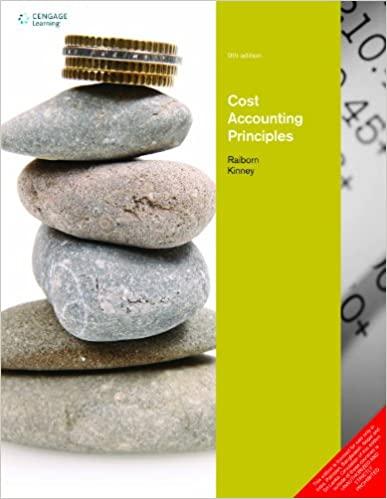LOWER unit cost first in the Cost of Goods Sold Unit Cost column and in the Inventory Unit Cost column. The beginning inventory at Midnight Supplies and data on purchases and sales for a three-month period ending March 31 are as follows: Required: 1. Record the inventory, purchases, and cost of goods sold data in a perpetual inventory record similar to the one. Mllustrated in Exhibit 3 , using the first-in, first-out method. 2. Determine the total sales and the total cost of goods sold for the period. Journalize summary entries for the sales and corresponding cost of goods sold for the period. Assume that all sales were on account and date your journal entry March 31. 3. Determine the gross profit from sales for the period. 4. Determine the ending inventory cost as of March 31. 5. Based upon the preceding data, would you expect the ending inventory using the last-in, first-out method to be higher or lower? 1. Record the inventory, purchases, and cost of goods sold data in a perpetual inventory record similar to the one illustrated in Exhibit 3 using the first-in, first-out method. Under FIFO, if units are in inventory at two different costs, enter the units with the LOWER unit cost first in the Cost 2. Dotermine the total sales and the fotal cost of goods sold for the period. Joumalize summary entries for the sales and conresponding cost of goods sold for the peniod. Assume that all sales sere on account and date your joumal entry March 31. CHART OF ACCOUNTS Midnight Supplies General Ledger ASSETS 110 Cash 111 Petty Cash 120 Accounts Receivable 131 Notes Receivable 132 Interest Receivable 141 Inventory 145 Office Supplies 146 Store Supplies 151 Prepaid Insurance 181 Land 191 Office Equipment 192 Accumulated Depreciation-Office Equipment 193 Store Equipment 194 Accumulated Depreciation-Store Equipment LIABILITIES 210 Accounts Payable 221 Notes Payable 222 Interest Payable 231 Salaries Payable 241 Sales Tax Payable REVENUE 410 Sales 610 Interest Revenue EXPENSES 510 Cost of Goods Sold 515 Credit Card Expense 516 Cash Short and Over 520 Salaries Expense 531 Advertising Expense 532 Delivery Expense 533 Insurance Expense 534 Office Supplies Expense 535 Rent Expense 536 Repairs Expense 537 Selling Expenses 538 Store Supplies Expense 561 Depreciation Expense-Office Equipment 562 Depreciation Expense-Store Equipment 590 Miscellaneous Expense 710 Interest Expense EQUITY 310 Common Stock 311 Retained Eamings 312 Dividends 3. Determine the gross profit from sales for the period. 4. Determine the ending inventory cost as of March 31. 5. Based upon the preceding data, would you expect the ending inventory using the last-in. first-out method to be higher or lower: Higher Lower












